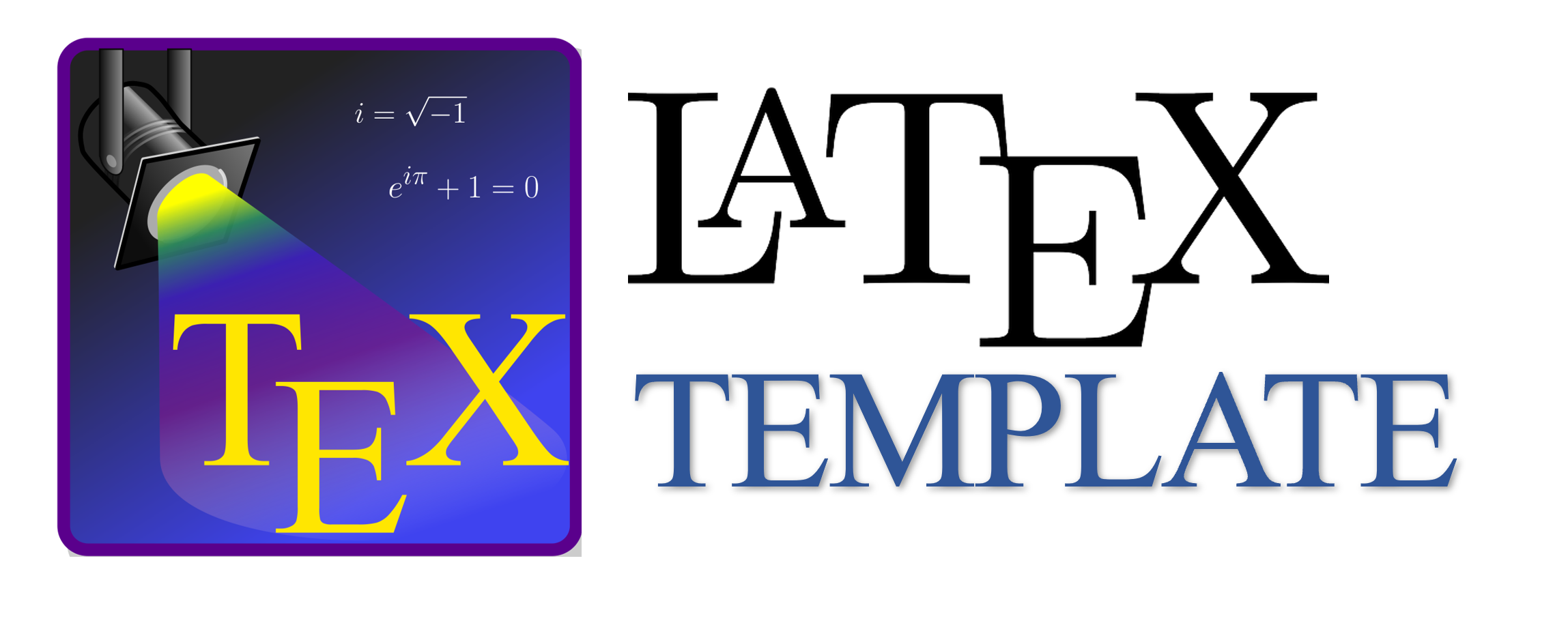Implementasi Model Autoregressive Integrated Moving Average pada Proyeksi Komoditas Ekspor Timah
Abstract
Keywords
Full Text:
PDFReferences
A. Home, "Indonesian tin cartel flexes muscles; market yawns" 2015, [online]. Available at: https://www.reuters.com/article/us-indonesia-tin-ahome/indonesian-tin-cartel-flexes-muscles-market-yawns-idUSKBN0N11UE20150411, Accessed: 2022-07-03.
K. Surya, M. Yusuf, and Mukiat, "Potensi investasi tin can dalam peningkatan nilai tambah logam timah bangka belitung" Jurnal Pertambangan, vol. 4, no. 2, pp. 121-127, 2020, doi: 10.36706/jp.v4i2.486.
R. Irzon, "Penambangan timah di indonesia: Sejarah, masa kini, dan prospeksi" Jurnal Teknologi Mineral dan Batubara, vol. 17, no. 3, pp. 179-189, 2021, doi: 10.30556/jtmb.Vol17.No3.2021.1183.
D. Dimas, L. F. Lestari, R. D. Ulhaq, and S. Wijaya, "Analisa benchmarking pt timah tbk sebelum dan setelah pandemi" Jurnalku, vol. 2, no. 3, pp. 279-288, 2022, doi: 10.54957/jurnalku.v2i3.265.
A. M. Sani and I. B. P. Purbadharmaja, "Analisis daya saing dan faktor yang mempengaruhi nilai ekspor komoditas timah indonesia di pasar internasional" E-Jurnal Ekonomi dan Bisnis Universitas Udayana, vol. 11, no. 9, pp. 1050-1061, 2022, doi: 10.24843/EEB.2022.v11.i09.p03.
D. Y. Dalimunthe and H. Aldila, "Projection and analysis of national energy consumption levels on indonesia's economic growth rate through exponential smoothing approach" IOP Conference Series: Earth and Environmental Science, vol. 353, no. 1, p. 012056, 2019, doi: 10.1088/1755-1315/353/1/012056.
I. P. A. B. Dananjaya, A. K. Jayawarsa, and A. S. Purnami, "Pengaruh ekspor, impor, kurs nilai tukar rupian, dan tingkat inflasi terhadap cadangan devisa indonesia periode 1999-2018" Warmadewa Economic Development Journal, vol. 2, no. 2, pp. 64-71, 2019.
D. Valeriani, R. S. Wardhani, D. Y. Dalimunthe, F. Hartini, and D. Reeve, "Infrastructure readiness to support sustainable tourism destinations in bangka belitung islands"International Journal of Applied Sciences in Tourism and Events, vol. 4, no. 1, p. 12, 2020, doi: 10.31940/ijaste.v4i1.1908.
I. Aji, "Upaya konservasi mineral dan proyeksi masa depan pertambangan timah di iIndonesia" 2020, pp. 863-874, doi: 10.36986/ptptp.v1i1.127.
M. R. Susila, M. Jamil, and B. H. Santoso, "Akurasi model hybrid arima-artificial neural network dengan model non hybrid pada peramalan peredaran uang elektronik di Indonesia" Jambura Journal of Mathematics, vol. 5, no. 1, pp. 46-58, 2023, doi: 10.34312/jjom.v5i1.14889.
S. Muis and D. Setiyadi, "Model statistik arima dalam meramal pergerakan harga saham"Information System for Educators and Professionals : Journal of Information System, vol. 4, no. 2, pp. 154-167, 2020.
P. Sayoga and S. Tan, "Analisis cadangan devisa indonesia dan faktor-faktor yang mempengaruhinya" Jurnal Paradigma Ekonomika, vol. 12, no. 1, pp. 25-30, 2017, doi: 10.22437/paradigma.v12i1.3931.
F. N. Hadiansyah, "Prediksi harga cabai dengan menggunakan pemodelan time series arima" Indonesian Journal on Computing (Indo-JC), vol. 2, no. 1, p. 71, 2017, doi: 10.21108/INDOJC.2017.2.1.144.
A. Asrirawan, S. U. Permata, and M. I. Fauzan, "Pendekatan univariate time series modelling untuk prediksi kuartalan pertumbuhan ekonomi indonesia pasca vaksinasi covid-19" Jambura Journal of Mathematics, vol. 4, no. 1, pp. 86-103, 2022, doi: 10.34312/jjom.v4i1.11717.
D. Chicco, M. J. Warrens, and G. Jurman, "The coefficient of determination r-squared is more informative than smape, mae, mape, mse and rmse in regression analysis evaluation" PeerJ Computer Science, vol. 7, p. e623, 2021, doi: 10.7717/peerj-cs.623.
S. Aktivani, "Uji stationeritas data inflasi kota padang periode 2014-2019" Statistika: Forum Teori dan Aplikasi Statistika, vol. 20, no. 2, pp. 26-33, 2020.
A. Rahmasari, E. H. Sunani, M. Jannah, F. Fathulaili, L. Kurnia, and A. Satria, "Ardl method: Forecasting data kemiskinan di ntb" JTAM "” Jurnal Teori dan Aplikasi Matematika, vol. 3, no. 1, p. 52, 2019, doi: 10.31764/jtam.v3i1.767.
A. Soelistyo, "Model statis dan dinamis dampak inflasi global terhadap makroekonomi indonesia" Jurnal Ekonomika Bisnis, vol. 3, pp. 131-150, 2012.
DOI: https://doi.org/10.34312/jjom.v5i2.18853
Copyright (c) 2023 Desy Yuliana Dalimunthe, Herman Aldila

This work is licensed under a Creative Commons Attribution-NonCommercial 4.0 International License.
Jambura Journal of Mathematics has been indexed by
Jambura Journal of Mathematics (e-ISSN: 2656-1344) by Department of Mathematics Universitas Negeri Gorontalo is licensed under a Creative Commons Attribution-NonCommercial 4.0 International License. Powered by Public Knowledge Project OJS.
Editorial Office
Department of Mathematics, Faculty of Mathematics and Natural Science, Universitas Negeri Gorontalo
Jl. Prof. Dr. Ing. B. J. Habibie, Moutong, Tilongkabila, Kabupaten Bone Bolango, Gorontalo, Indonesia
Email: [email protected].



















